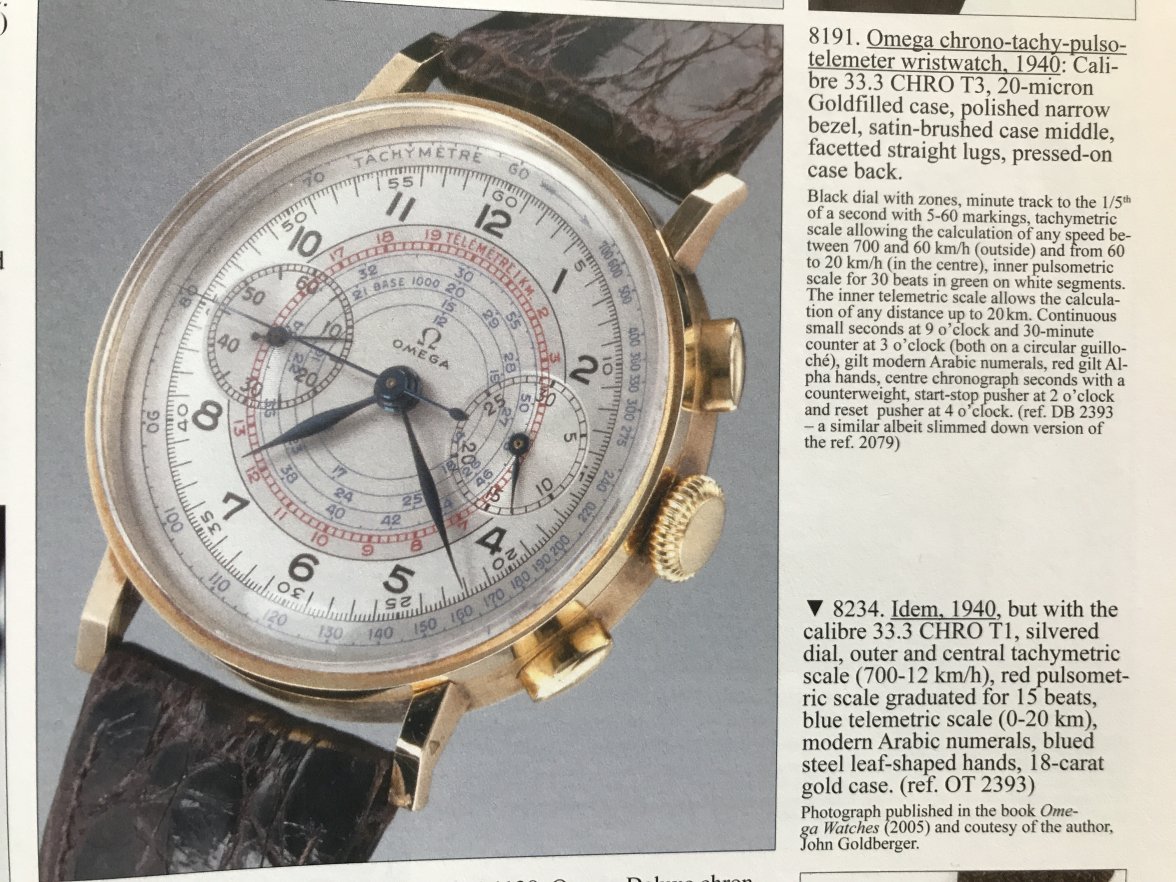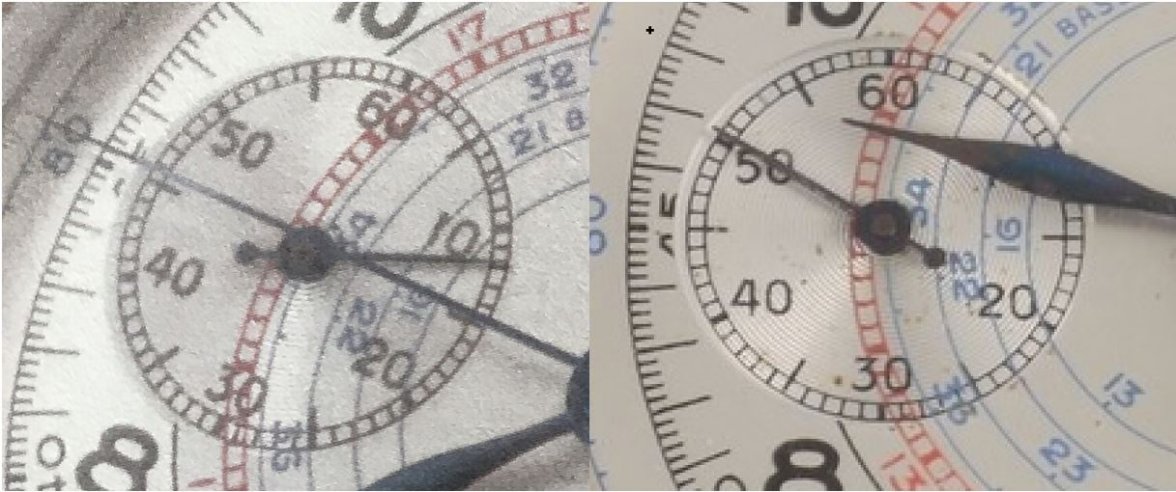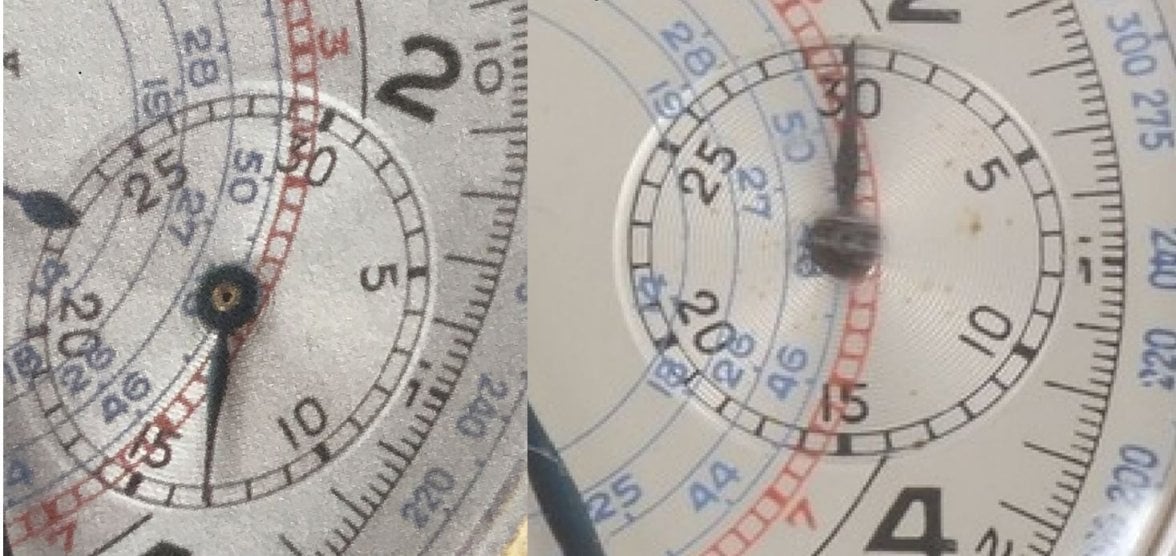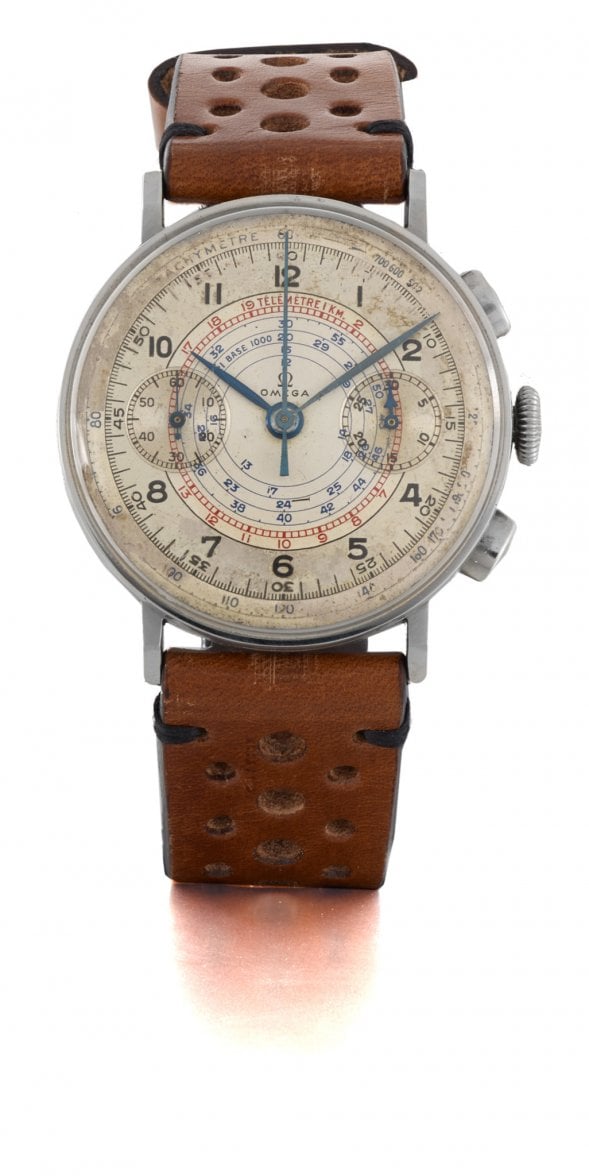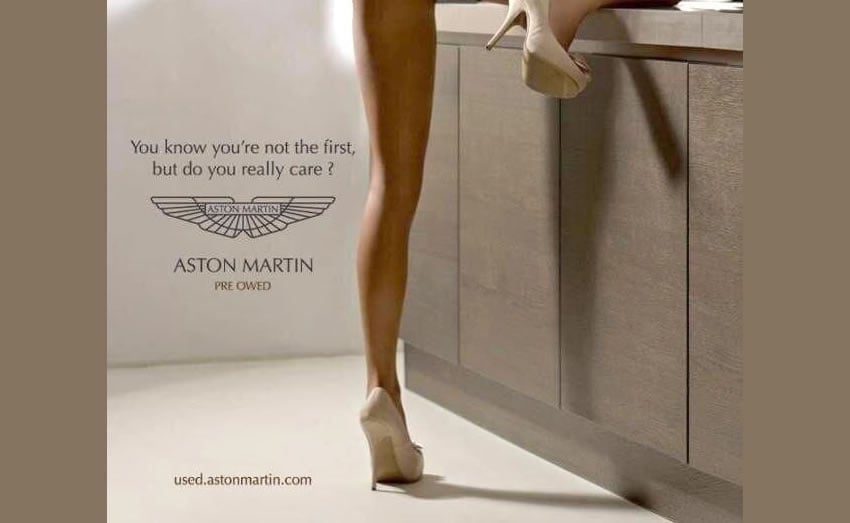Interesting read about a reference I really like!!
Some thoughts here.
I tend to only state terms as NOS or like NOS when I know and am very much confident. Unfortunately some might use this dealer lingo too often. It's actually not dealer lingo since its used by many in our watch community. The whole problem with NOS is that it is that's it is a term that is used too often and can be interpreted by some people in a different way. We should have a look at coin collectors or gem traders (I think
@Spacefruit can chime in on this) for instance. They have strict rules on condition. Check this for instance this
https://en.wikipedia.org/wiki/Coin_grading and start understanding what FDC (Fleur de Coin) means. Coin traders have different kind of grading for unused coins. For this reason I only use "LIKE NOS" since our little community does not make a difference and the whole term "NOS" is very vulnerable for debate.
For a long time there have been another debate about fonts used on dials of watches that came out of the factory or were used while restoring. Let's not forget that many brands used different dial ateliers or suppliers. Manufacturers and dial suppliers also tend to change some kind of style. These dials were hand painted by humans. Different people, different style and quality. It's really nice with cloisonné dials for instance one can recognize the style of a kind of dial artist. Other example, Rolex for instance used pads for etching of bezels that use to wear out, therefore you have a fat font bezel ..So collectors or scholars.... invented MK 0 up to infinity.... ?
Sometimes re-dials are soo obvious with the most sloppy kind of repainting, such as the use of closed fonts instead of open, the use of pointed fours and flat fours, use of different styles of fonts (serif non serif) etc, but there are also restorers who tend to bring a dial back to life even better looking than new condition.
According to my personal opinion this whole discussion can go also sometimes a little bit out of control. I have handled the most beautiful dialed watches that were obviously repainted or had a new factory dial but still looked gorgeous. Should we spit on these or leave these ones aside? When I talk to my older watchmakers they say they often used to switch dials or send these worn or damaged dials (perhaps even during their own service...) to a painter since that was common practice due to consumer demand. Of course we all want the most original condition for a piece. But for heaven's sake these watches are consumables, which were produced with a purpose and in this case of the OP even 80 years old which are not water proof.
Little side note, when you look at paintings its happens that a restorer chose to reveal some pieces of a painting that have been hidden for years. This happened recently with restorations of Rembrand and Vermeer for instance. It is actually really interesting that Phillips is pushing the envelope by putting at auction even some restored watches. And this will happen way more often, mark my words.
Please note that the one mentioned by
@Vitezi from Phillips is a different dial with a pulsations scale.
